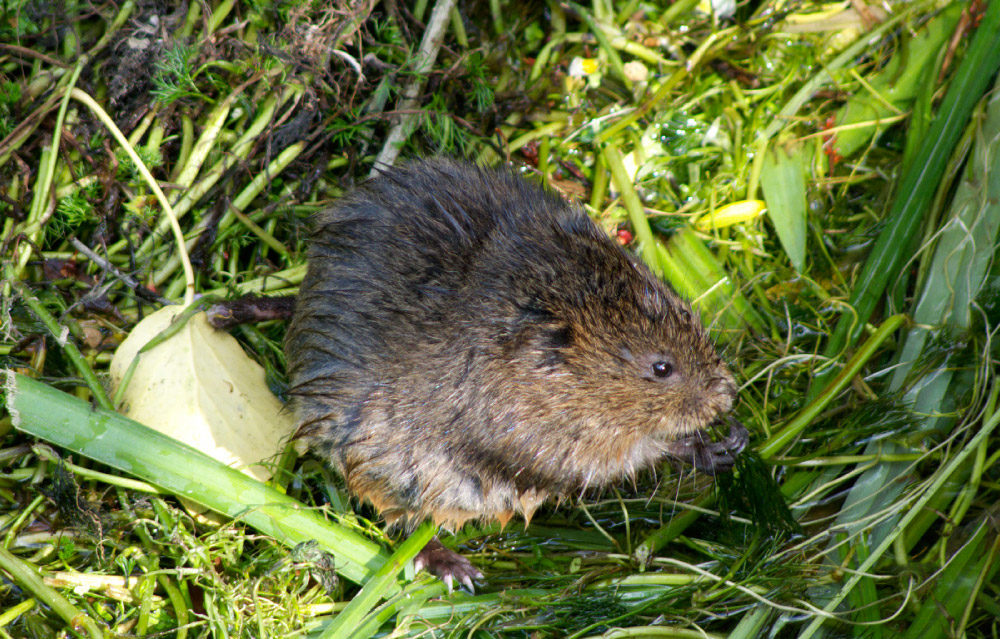January 2021 – March 2022
We were delighted when, in December 2020, the North Wessex Downs AONB was awarded over £400,000 from the government’s Green Recovery Challenge Fund for our partnership project, Sparkling Streams. Through the project we aimed to improve the condition of the River Kennet and its tributaries, increase wildlife and connect people with nature.
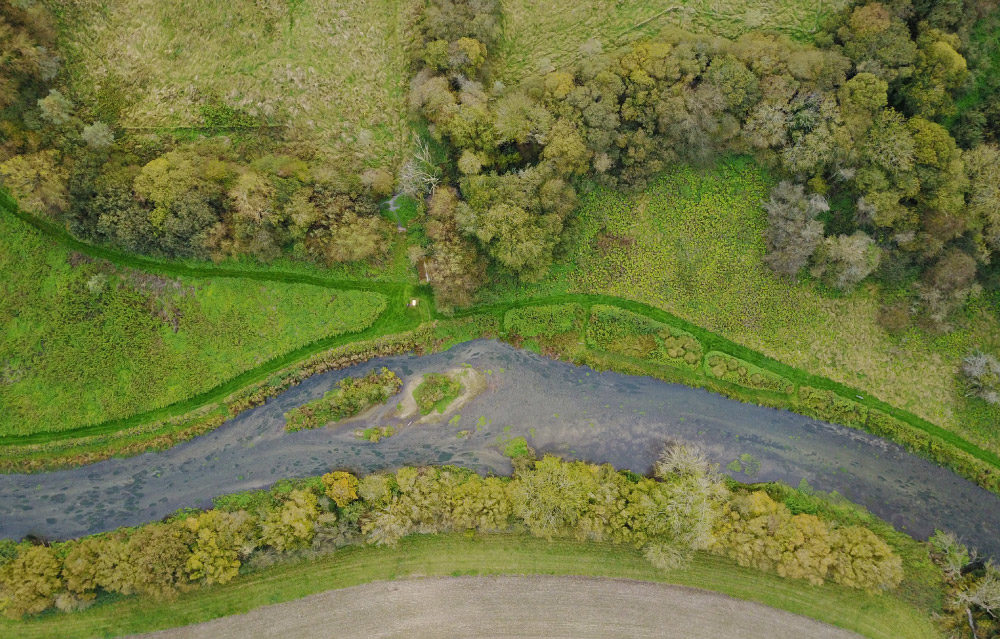
The Sparkling Streams Partnership
The project partners:
- North Wessex Downs Area of Outstanding Natural Beauty
- The Rivers Trust for the Kennet Catchment (ARK)
- Town and Manor of Hungerford
- Southern Streams Farmer Group
Working Together
To produce our successful bid, we had coordinated a number of ideas from our partners in the Middle Kennet Catchment. ARK, the Southern Streams Farmer Group and Town and Manor of Hungerford all had proposals and projects at various stages of preparation and development. Having been awarded the funding, we steered the delivery of their work which focused on improving the water quality and chalk river habitats of the Shalbourne, Dun and the River Kennet Site of Special Scientific Interest (SSSI).
Project Overview
Chalk streams are globally rare and the River Kennet, running through the North Wessex Downs AONB, is one of England’s premier chalk streams but is in far from good condition. For centuries the Kennet has been affected by human activities which have degraded the river, the water quality and the wildlife. Through this project we have helped to reverse some of these negative effects.
We have directly restored and enhanced sections of the River Kennet and its tributaries of the Shalbourne and the Dun, improving and creating new habitats and enabling the rivers to behave more naturally. Nature-based solutions were also used across the sub-catchment – that is, techniques that give nature a helping hand to speed up natural processes. For example, leaky dams, sediment ponds and hedges will slow down silt laden, polluted and nutrient-enriched water flowing off agricultural land and trap silt, cleaning the water as it goes to the rivers. Cleaner water, cleaner gravels and a wider range of habitat conditions result in ideal conditions for lots of wildlife, from fish and water invertebrates to dragonflies and birds.
Examples of how wildlife will benefit include:
- Cleaner gravels on the riverbed will improve spawning grounds for chalk stream fish such as brown trout, grayling and lamprey.
- By creating corridors of healthy rivers and lush wetland plants, water voles will be able to find food, shelter and mates.
- By allowing water back onto Undy’s Meadow, a wide range of tiny species like the the Desmoulin’s whorl snail will have the ideal conditions to thrive.
Key project achievements include:
- 1.1 km of new or enhanced chalk stream and a fish pass created at Eddington Mill, Hungerford
- 3 km of enhanced in-river, and riparian habitat work carried out on eight sites of the Dun and Shalbourne tributaries
- 1 km hedge (5,025 hedge plants) and 6 ha woodland (3400 trees) planted on six sites
- 64 volunteer tasks were held; 145 people gave over 1600 hours of their time
- a rain garden was created at Shalbourne Primary School
- 381 adults and 60 children attended activities
View all the projects in more detail on our story map developed by the project partners. You can find the map here.
Project activities
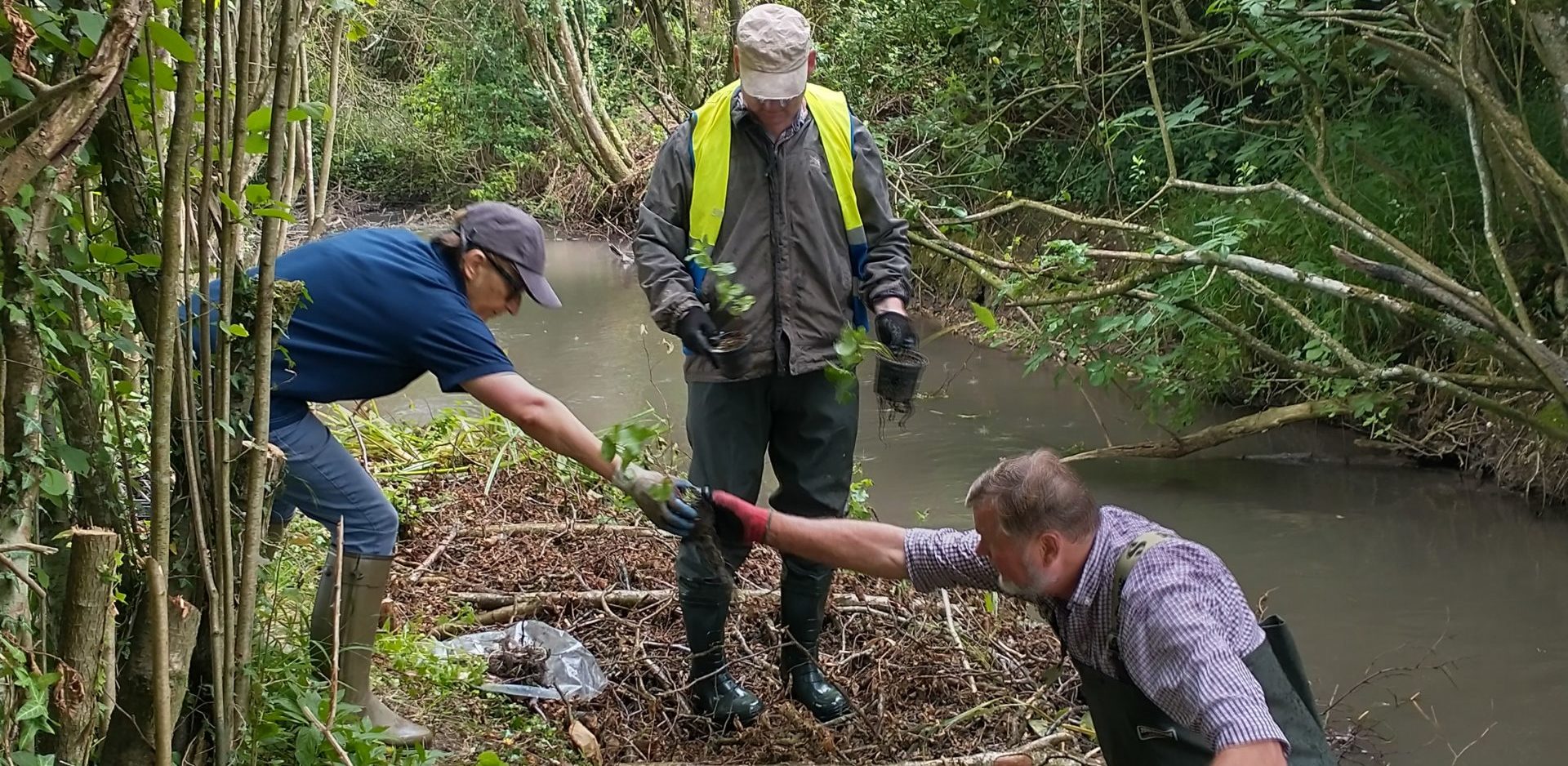
Volunteers undertaking river edge planting. Image credit - ARK
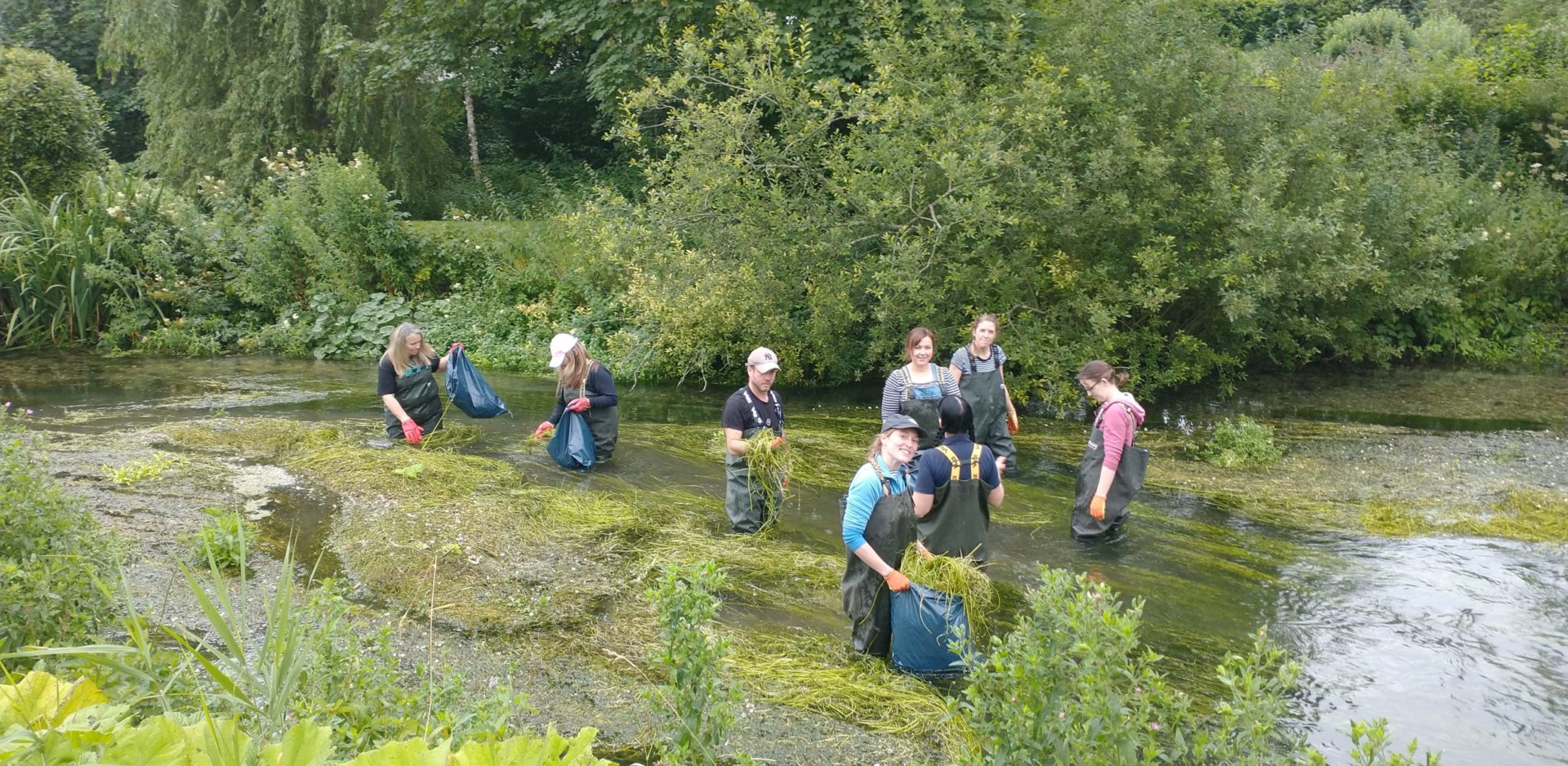
Corporate volunteer day. Image credit - ARK
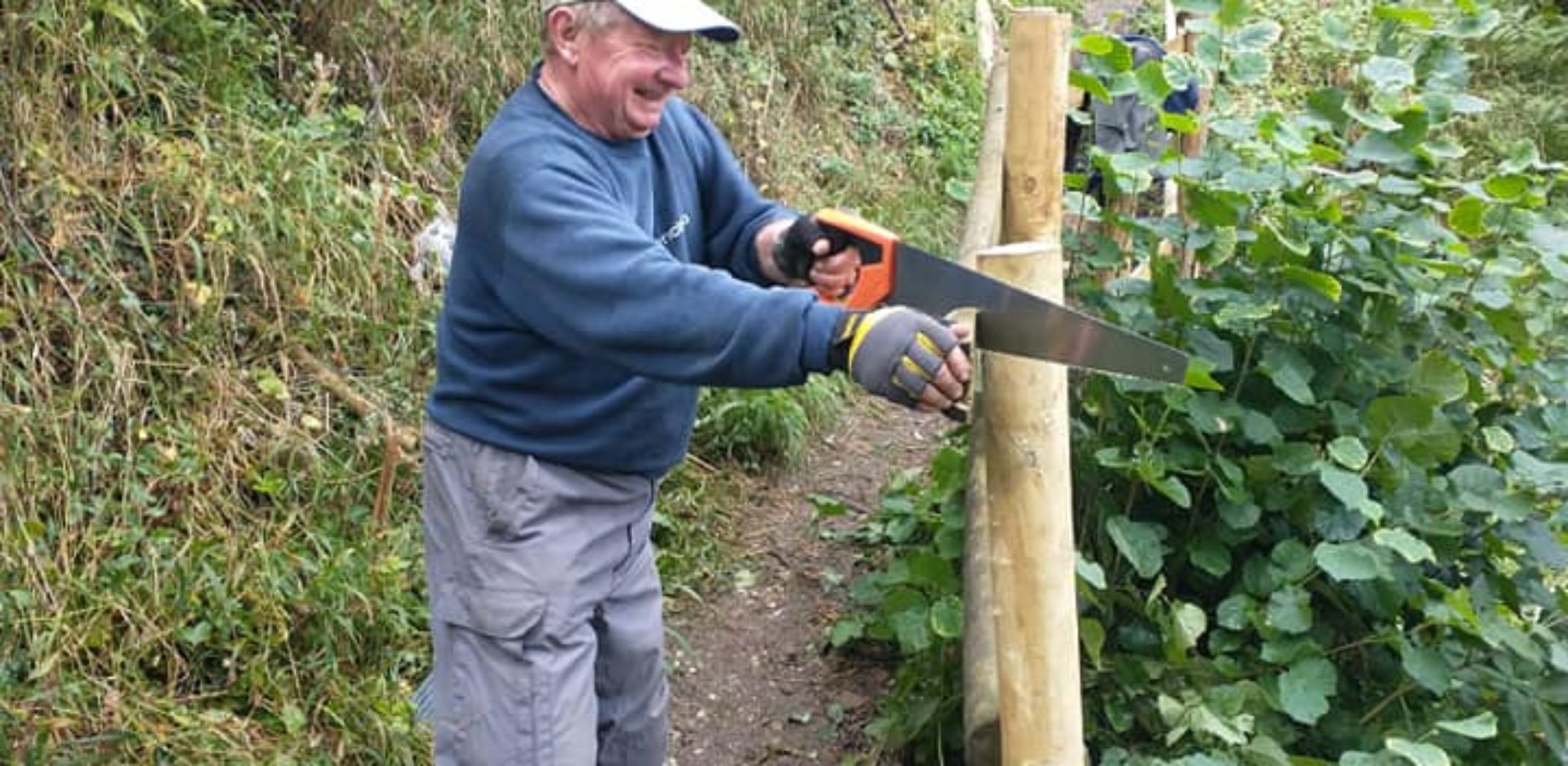
Finishing off the boardwalk at Shalbourne. Image credit - ARK
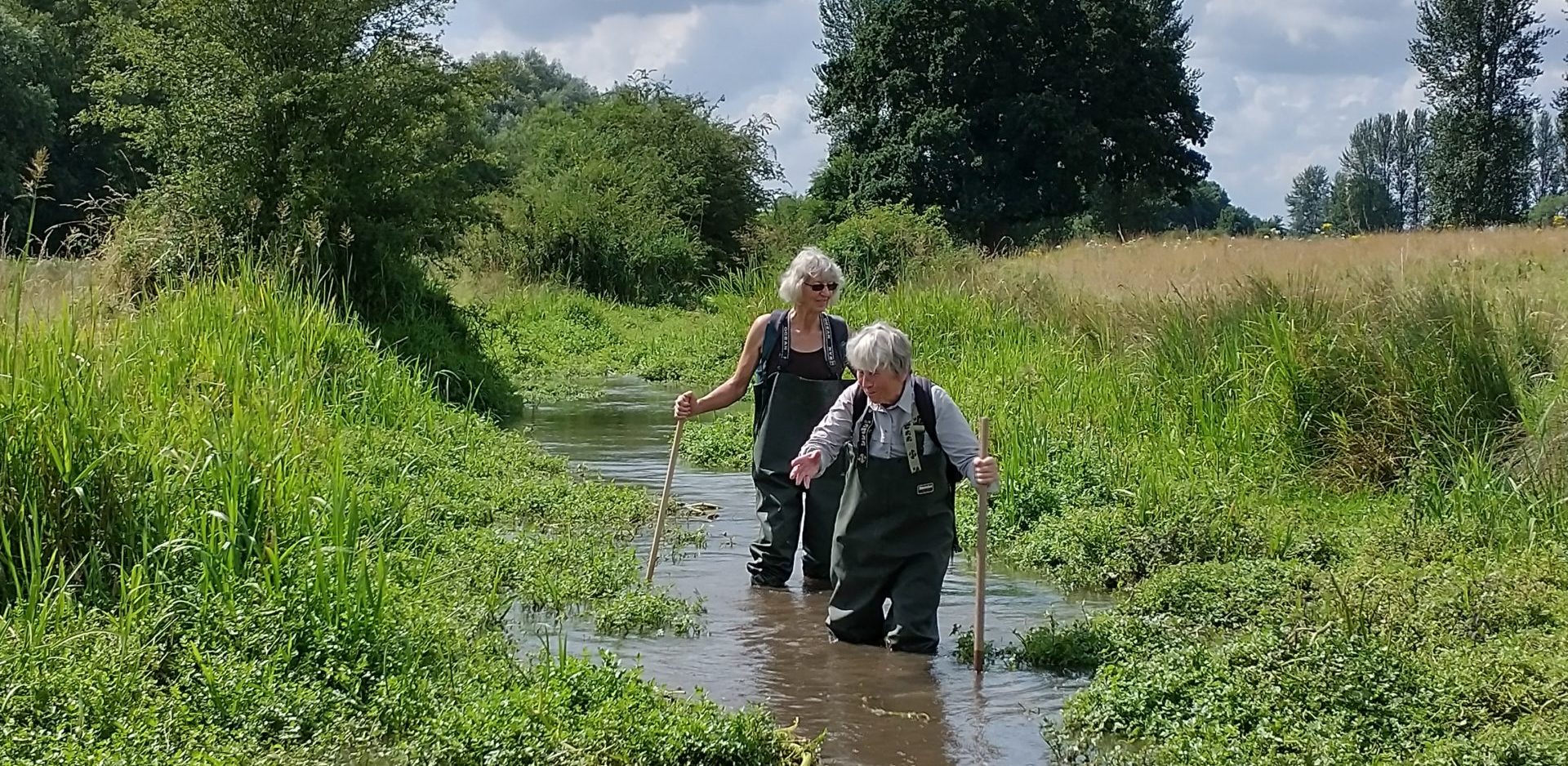
Vole survey at Chisbury Manor. Image credit - ARK
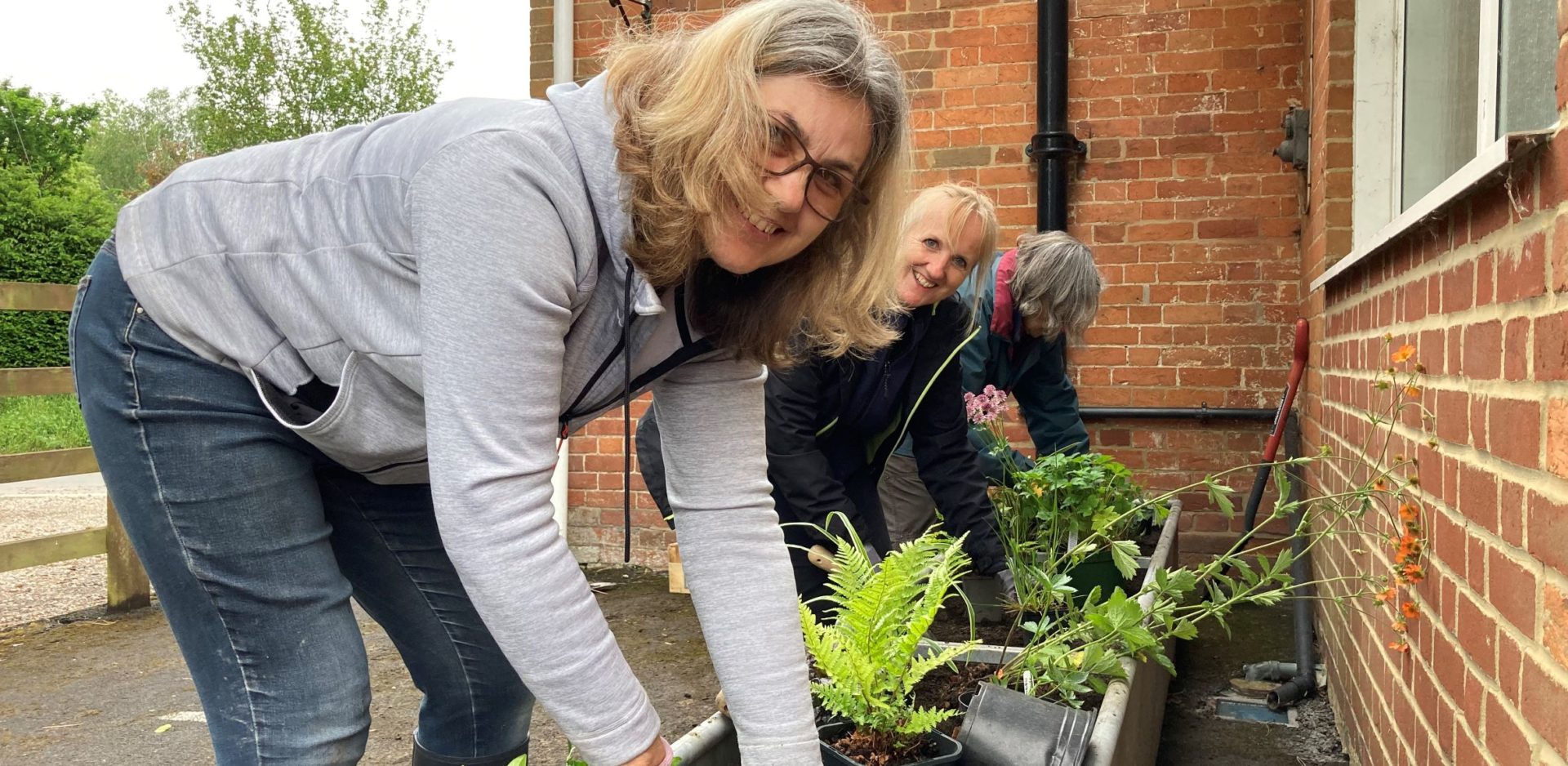
Volunteers working on planters at the Shalbourne School rain garden. Image credit - ARK
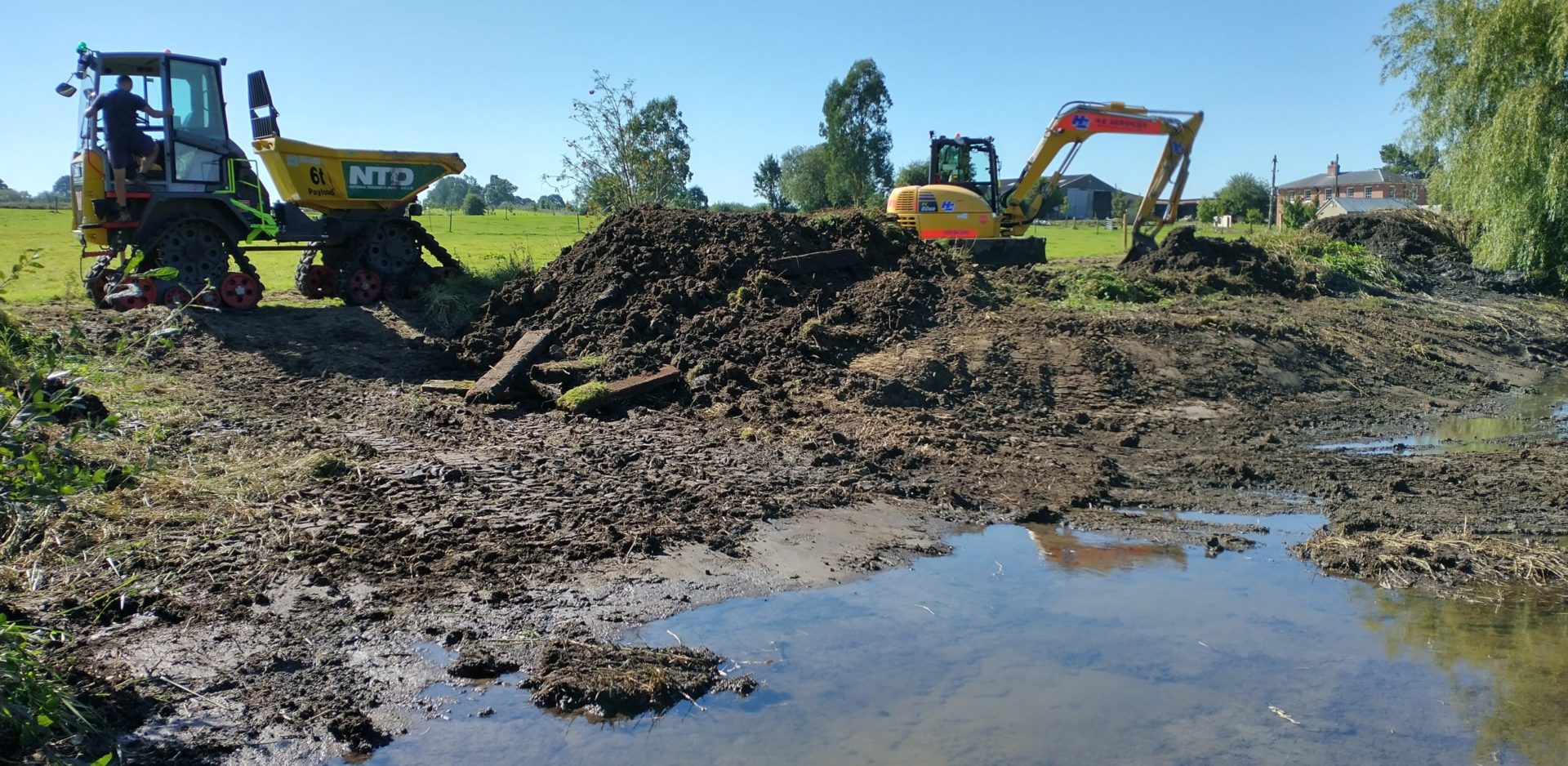
Contractors start work creating wetland at Freewarren Farm. Image credit - ARK
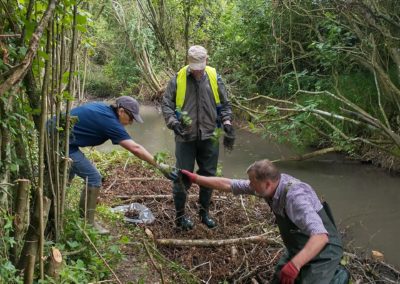
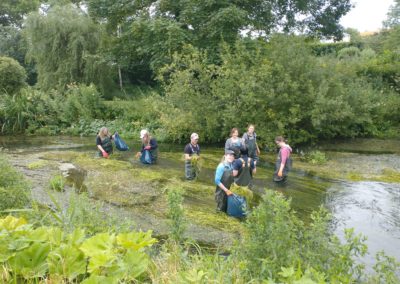
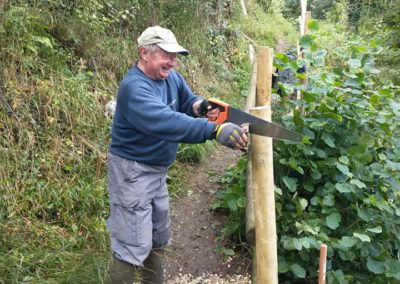
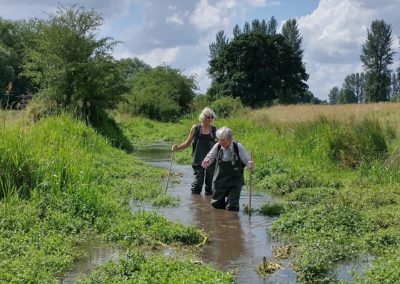
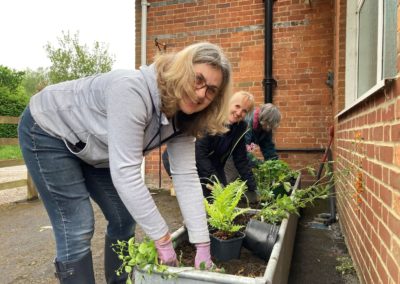
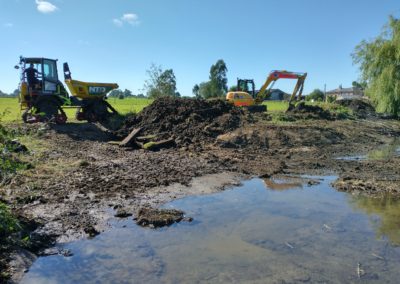
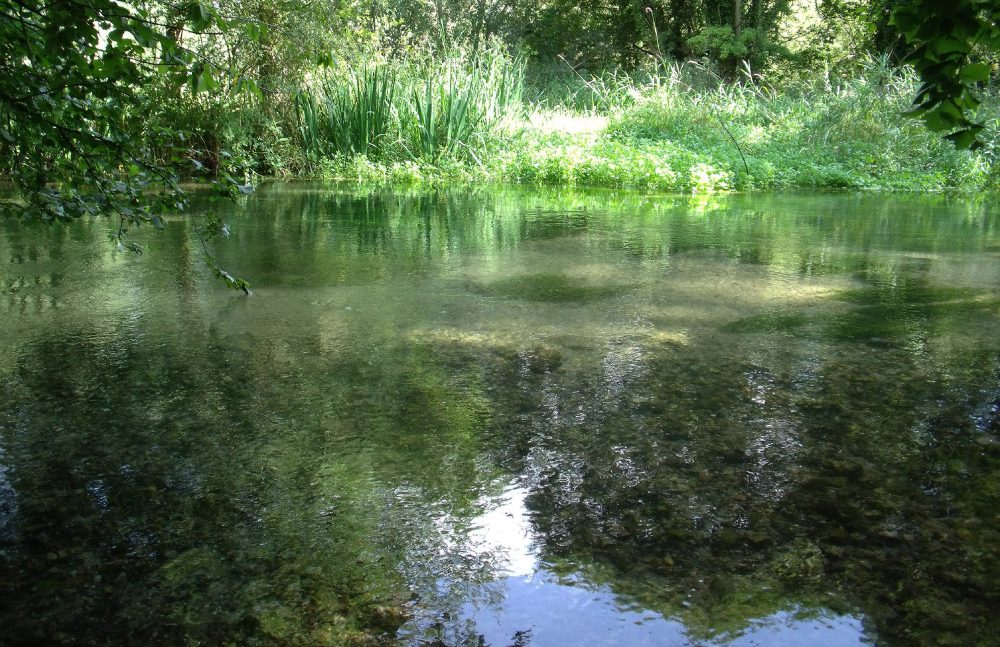
Funding
This project was funded by the government’s Green Recovery Challenge Fund. The fund is being delivered by The National Lottery Heritage Fund in partnership with Natural England and the Environment Agency.

Further Enquiries
If you would like further information about the project, please contact Corinna Woodall at North Wessex Downs AONB at: Corinnawoodall@northwessexdowns.org.uk
GET IN TOUCH

